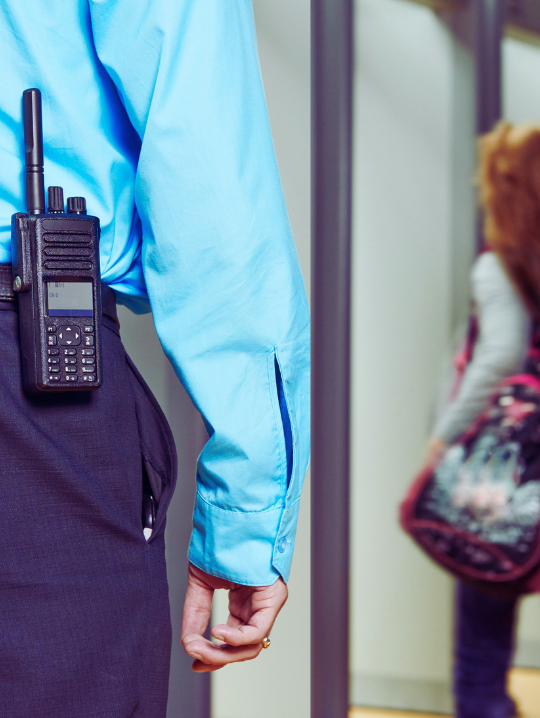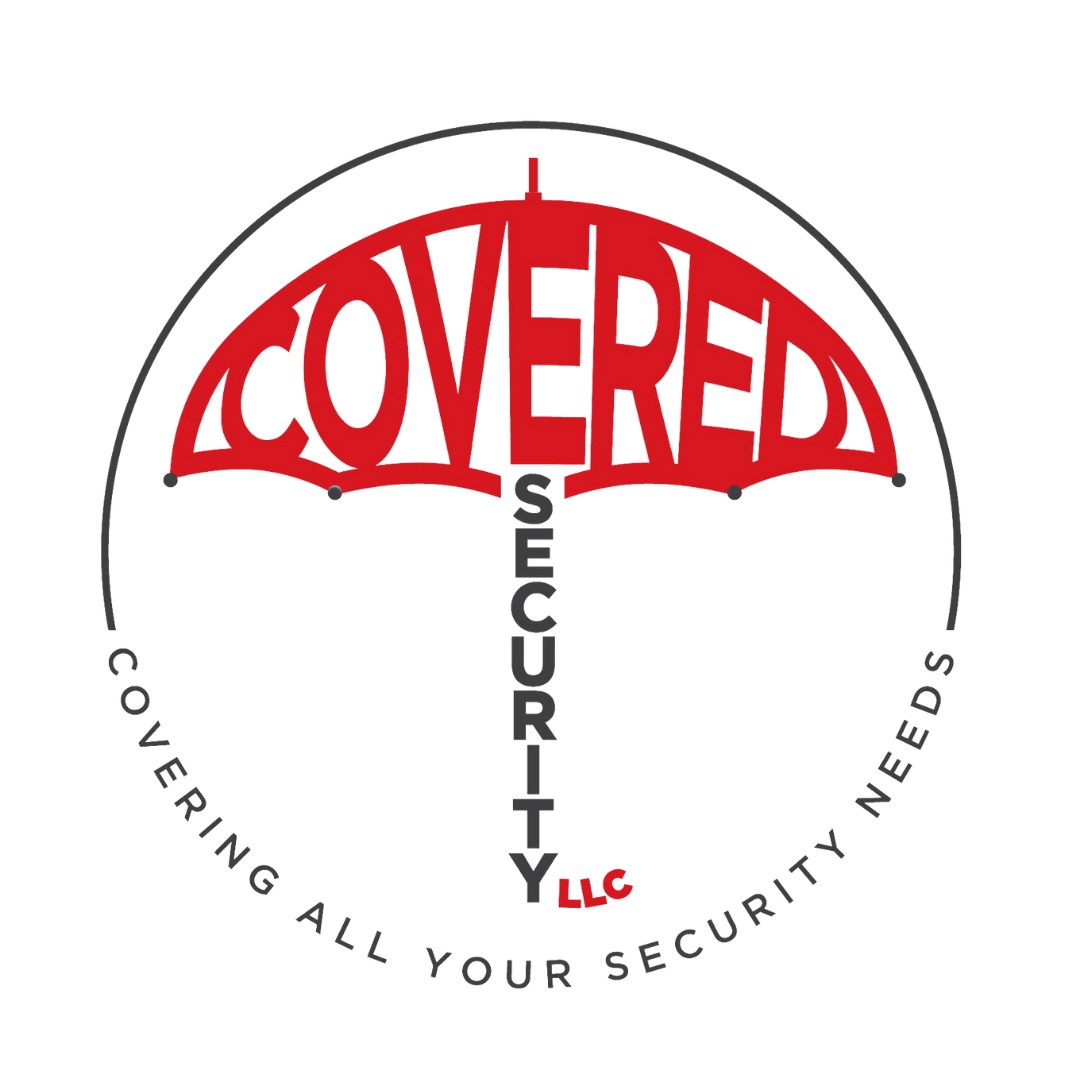
Schools are navigating a myriad of new challenges this year as they adapt to the CDC’s social distancing recommendations to prevent the spread of COVID-19. Whether your school is in person, remote or hybrid, keeping students and faculty safe remains at the forefront of conversations and decisions.
Add to this a growing list of school shootings, and school might seem like a scary place.
But it doesn’t have to be.
With proper planning, infrastructure and monitoring, schools can continue to be the safe haven that so many teachers, students and parents rely on. Here are five essential tips to creating a safe learning environment.
1. Conduct a Security Audit of the School Property
An effective security plan starts with a thorough understanding of where vulnerabilities lie on your school campus. If looking to implement a comprehensive security system or enhance an existing one, take a step back and:
Identify potential threats. These could relate to outsider access, environmental hazards, health risks, and weather-related incidents, among others.
Assess existing safeguards and technology. Are these policies and systems working as intended? How could they be enhanced?
Review the building layout, and flag vulnerabilities. Where do you enter? How do people move throughout the property?
Determine access needed. Who needs access, and to which rooms and buildings? Do access needs change based on time of day?
Document local health ordinances, building regulations and fire codes with which your school must comply.
2. Hire Professional Security Personnel for Enhanced Monitoring
Using your audit as a starting point, look for opportunities to integrate technology to further safeguard your school, students and faculty. A few examples:
Restrict who can enter the building, or even specific rooms using access control technology. This keeps unauthorized persons from accessing the school, allows you to set permissions at an individual or group level to specific areas, and keeps a recorded entry history (which can be helpful for COVID tracing).
Strategically place video surveillance cameras around the school property to monitor activity and detect threats. This could include, but is not limited to, installing cameras above entrances and in parking lots, reception offices, libraries, school hallways and classrooms.
Install monitored burglar and fire alarm systems. Monitored systems ensure both school officials and first responders are notified of a pending emergency.
Consider thermal cameras or monitors to detect elevated temperatures in faculty and students. By placing at the school’s entrance or on buses, thermal monitors can help school officials pinpoint COVID-19 symptoms.
3. Regularly Maintain the School Grounds
School maintenance does more than just keep your school looking nice—it also plays a role in overall security. Here are some tips to use maintenance in your favor: Check exterior locks on doors, interior locking doors and window locks to make sure they work properly. Fix as needed.
Cut overgrown vegetation so that it doesn’t block the view of security cameras, or provide a place for ill-willed individuals to hide.
Use landscaping to your advantage. If there are certain areas you don’t want people (such as lurking under windows), consider planting thorny bushes or laying gravel, which is noisier than pavement or dirt.
Replace interior and exterior lights if the bulbs die. A well-lit area is much less inviting to outsiders who are up to no good.
Re-arrange furniture and clear debris so that it doesn’t block doorways or emergency exit pathways.
4. Check Security Equipment Is Working Properly
If you already have security equipment installed, double check that it’s functioning as intended, and that it adheres to local regulations and compliance protocols.
Replace batteries in all fire and security alarm systems bi-annually.
Test intercoms and other communication systems.
Review video surveillance footage to ensure it’s clear. Clean the lenses on outside security cameras to prevent clouded images.
Verify all cameras, card readers and alarm sensors are operational.
If you need help, many security providers will offer maintenance packages where they come onsite on a monthly or quarterly basis to verify your equipment is working.
5. Have Emergency Procedures in Place
Have plans in place for potential emergency situations, including but not limited to, fires, active shooters, tornados, hurricanes, and COVID-19 outbreaks, and communicate them so that all faculty, students, and parents know how to act if tragedy strikes.
Conduct monthly safety drills with teachers and students.
Ensure parents and other external stakeholders know how information will be relayed in an emergency (i.e. phone chain, text, email, etc.).
Provide proper training to teachers on how to react in hostile situations.

Recent Comments